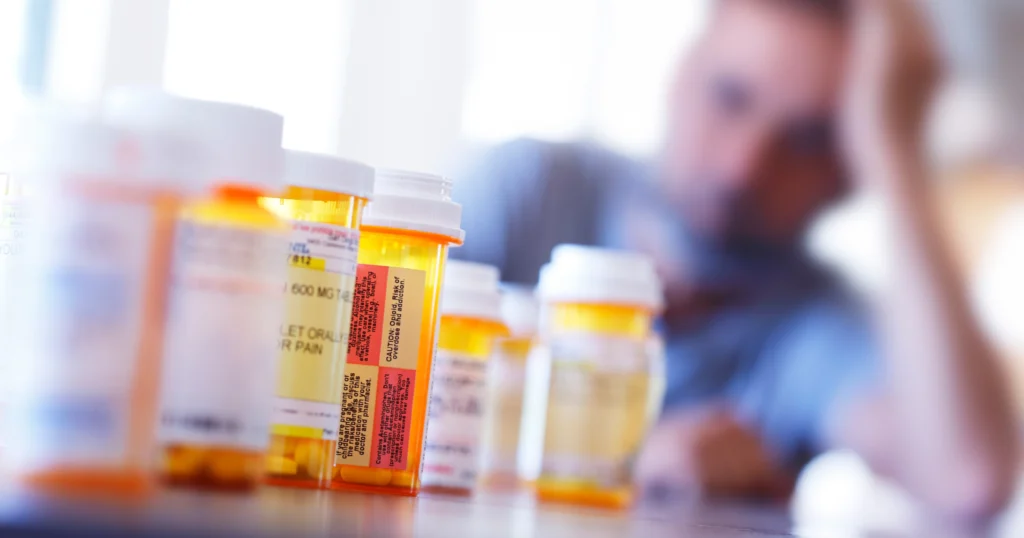SAMHSA Final Rule Regarding OTPs Expands Access, Increases Flexibility for Patients

Back in February of this year, the Substance Abuse and Mental Health Services Administration (SAMHSA) announced a landmark update to the regulations governing opioid treatment programs (OTPs) under 42 CFR Part 8.
This long-awaited overhaul, the first in over two decades, represents a monumental shift in the approach to addiction treatment. With a focus on enhancing access to medication-assisted treatment (MAT) and easing operational restrictions, SAMHSA’s final rule is poised to revolutionize the landscape of opioid addiction treatment in the United States.
Expanded Access to Lifesaving Medication
One of the most significant changes introduced by the final rule is the relaxation of admission requirements for individuals seeking treatment at OTPs. Previously, patients were subject to stringent criteria, including a one-year active opioid addiction requirement and documented instances of unsuccessful short-term drug-free treatment for minors. The revised regulations now empower healthcare professionals to make individualized determinations based on the severity of opioid use disorder (OUD), remission status, or risk of recurrence or overdose. Additionally, access to medication is no longer contingent on receiving counseling services, eliminating unnecessary barriers to treatment, and fostering a patient-centric approach to care.
SAMHSA had temporarily softened requirements related to in-person examinations and telehealth evaluations for buprenorphine treatment in response to the challenges posed by the COVID-19 pandemic. Building upon these flexibilities, the final rule cements and expands telehealth options for both buprenorphine and methadone treatment. OTPs can now evaluate patients via audio-only or audio-visual technology, facilitating timely access to critical treatment services. Additionally, the final rule extends the provision of take-home doses, aligning the dosage supply with the duration of a patient’s treatment.
Addressing Workforce Shortages and Certification Standards
Recognizing the urgent need to address nationwide staffing shortages in OTPs, SAMHSA has introduced several revisions aimed at expanding the pool of qualified providers. The final rule broadens the definition of “practitioner” to include a diverse range of healthcare professionals licensed to prescribe and dispense medications for OUD, such as nurse practitioners, physician assistants, nurse-midwives, and pharmacists. Also, the requirement for providers to obtain a Drug Addiction Treatment Act waiver for buprenorphine prescribing has been eliminated, along with associated patient caps. These changes hold the potential to enhance access to care and alleviate the burden on OTPs struggling to meet patient demand.
Adoption of Harm Reduction Principles
In a significant departure from traditional abstinence-only approaches, the final rule embraces harm reduction principles and eliminates outdated “detoxification” terminology. By shifting the focus toward comprehensive, evidence-based treatment modalities, SAMHSA aims to promote better outcomes for individuals battling OUD. The incorporation of harm reduction strategies underscores a broader commitment to meeting patients where they are and reducing the stigma associated with addiction treatment.
Conclusion
SAMHSA’s final rule represents a monumental step forward in the ongoing effort to address the opioid epidemic and improve access to quality addiction treatment. By streamlining regulations, expanding telehealth options, and embracing harm reduction principles, the agency has laid the groundwork for a more inclusive and effective treatment paradigm. As the final rule takes effect and OTPs work towards compliance, stakeholders across the healthcare spectrum must remain vigilant in their efforts to support and advocate for individuals struggling with opioid addiction.